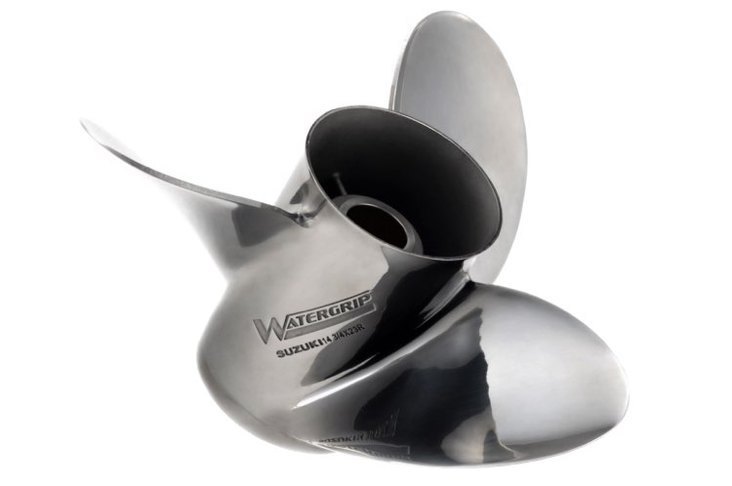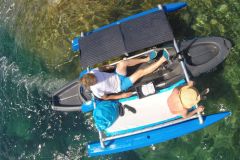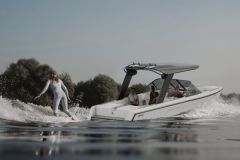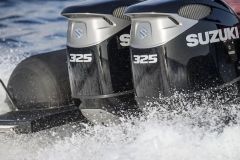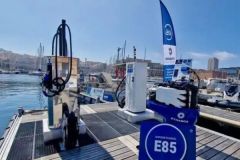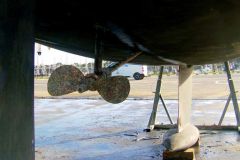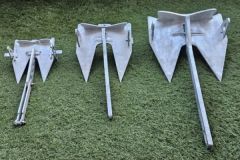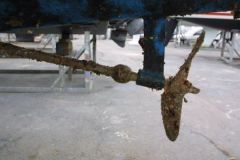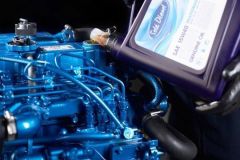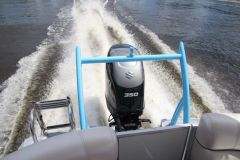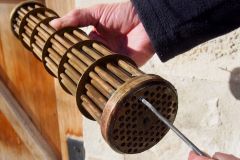To select a propeller, take taking into account pitch and diameter . But other information is just as important for the proper functioning of his boat.
Turn right or turn left
The first characteristic is the direction of rotation. According to the single-engine standard, the conventional direction of rotation of the propeller is said to be right, marked RH for Right on its hub. That is to say, when positioned at the stern of the boat looking forward, if the propeller rotates clockwise, the effect of the pitch will cause the hull to move forward. To be more imaginative, this is the direction of screwing when using a screwdriver. Therefore by turning the propeller counter-clockwise, the opposite effect will cause the hull to move backwards.
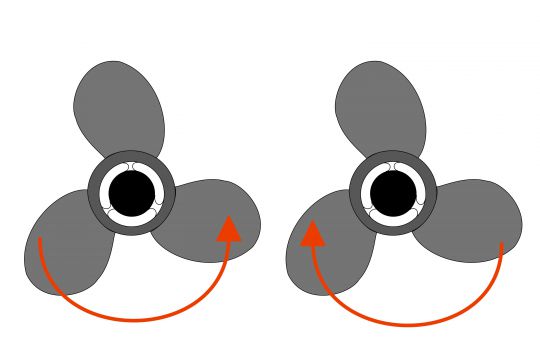
In the case of twin-engined boats, to avoid the torque effect, i.e. having a boat that tends to turn, the propellers must turn in opposite directions for the same thrust effect. In this case the LH for left will be present on the hub, this time by turning the propeller anticlockwise, the effect of the pitch will be to move the hull forward. Generally speaking, the engine with the RH propeller will be on starboard and the LH will be on port.
How many blades?
The number of blades varies. There are 2 blades for small power vessels, but up to 7 for cargo vessels such as container ships. In pleasure craft, the vast majority of propellers have between 3 and 5 blades. This number will be a matter of compromise:
- Two-blade design provides excellent speed performance
- A three-blade (the most common) offers the best speed/thrust ratio
- A four-blade will be better balanced and quieter with an advanced orientation
- A 5-blade engine for thrust
Depending on the application, it will be imperative to choose between speed or thrust.
What surface area for the blades?
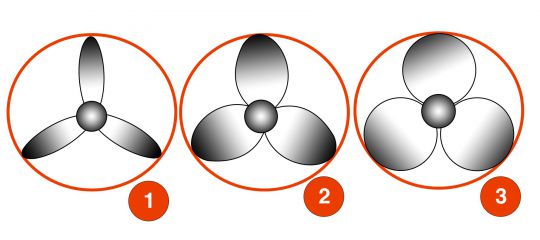
The key point is that it is not the number of blades that determines the thrust, but the total surface area of the blades. This is known as the projected area, or fill factor. It is the factor that characterizes the relative surface area of the blades compared to the surface area of a disc of the same diameter. So the narrower the blades, the greater the efficiency, but also the more the propeller will be subject to cavitation, because the thrust will be distributed over a smaller surface.
What shapes for the blades?
Then come other characteristics that differentiate the propellers among which are :
- Rake: angle formed by the blade in relation to the generator
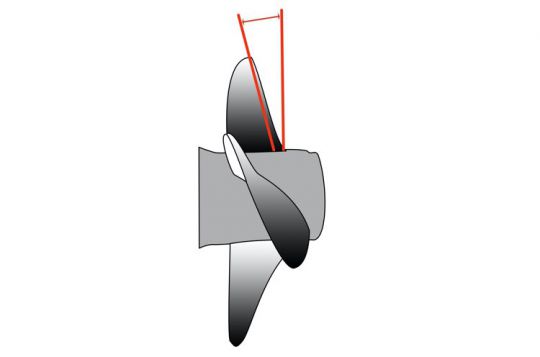
- Skew: evolution of the angle formed by the sections of the blades
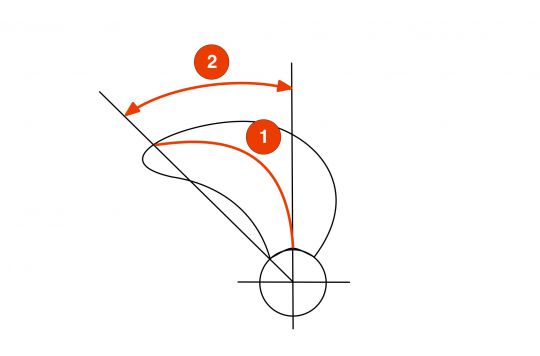
- Cup: small curvature on the trailing edge of the blade that gives the shape of a spoon
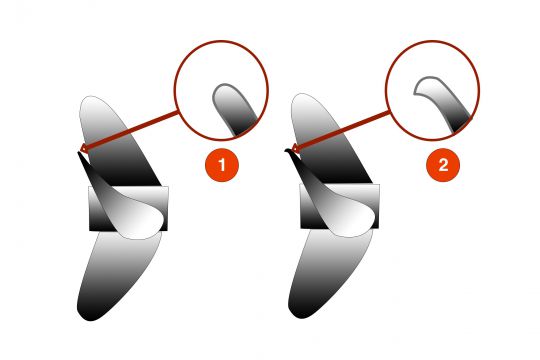
A blade and hub profile with complex geometrical characteristics will be determined for each application. As a specialist profession, the determination and choice of a propeller is like an art based on know-how and a great deal of experience.
